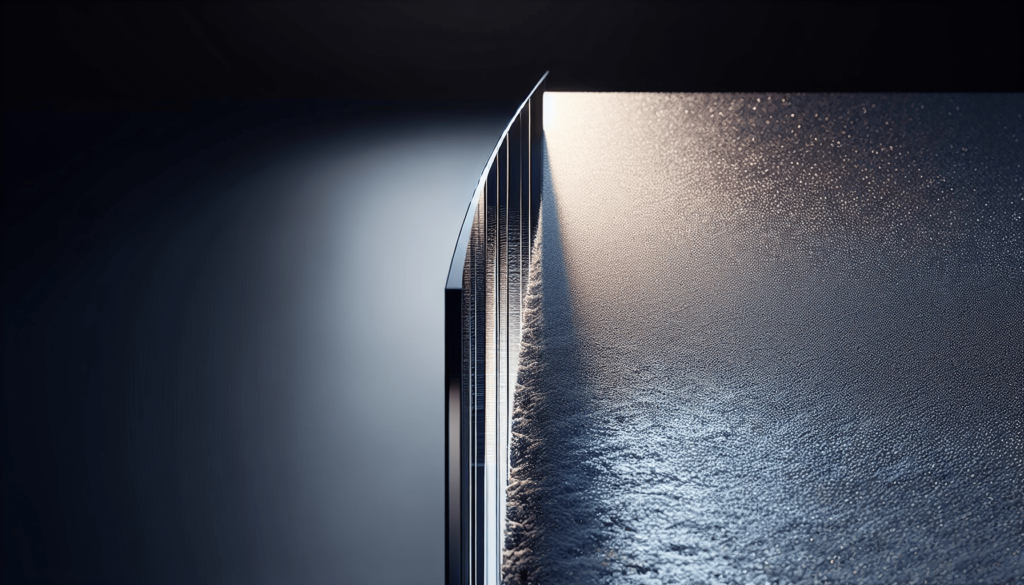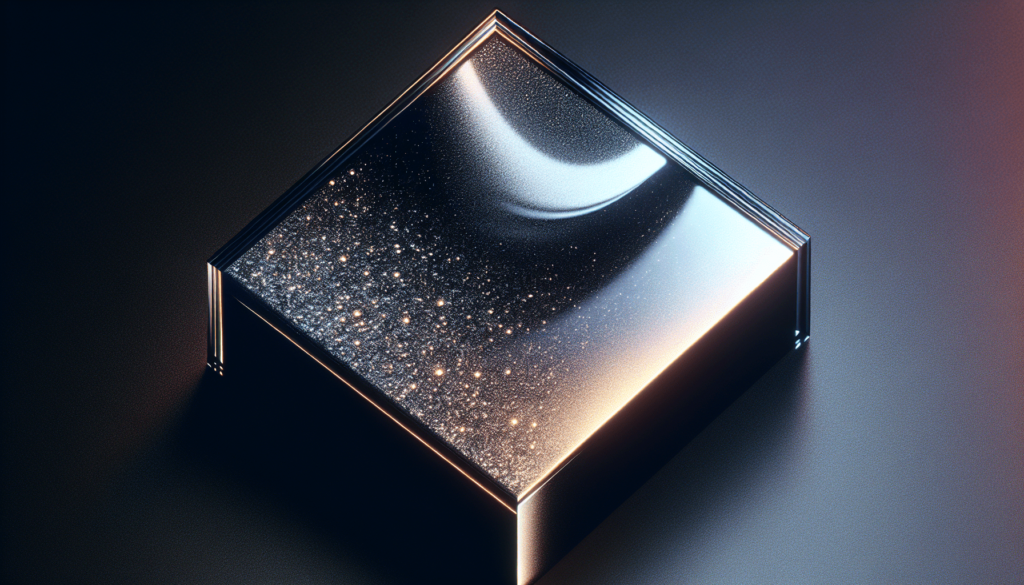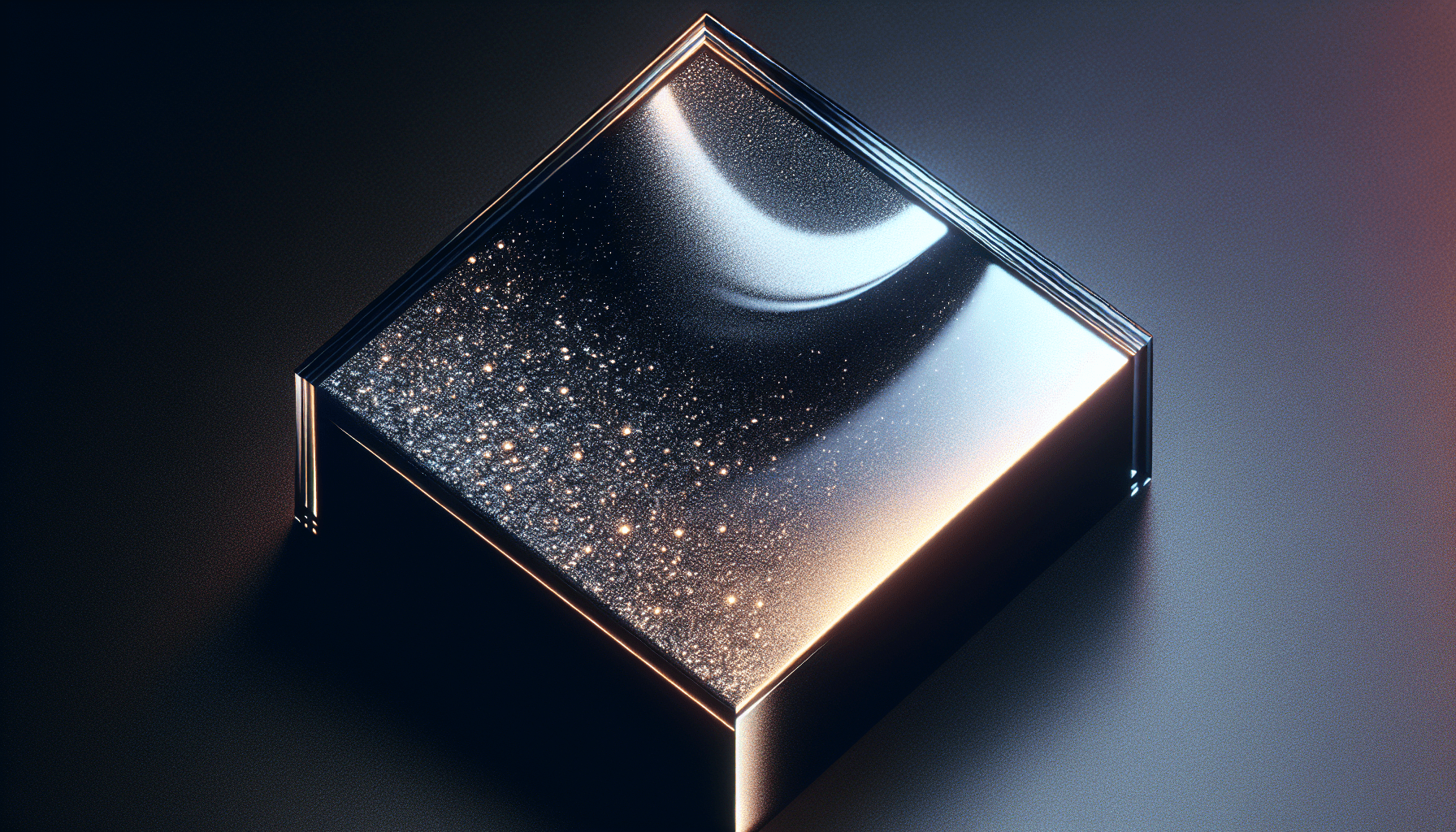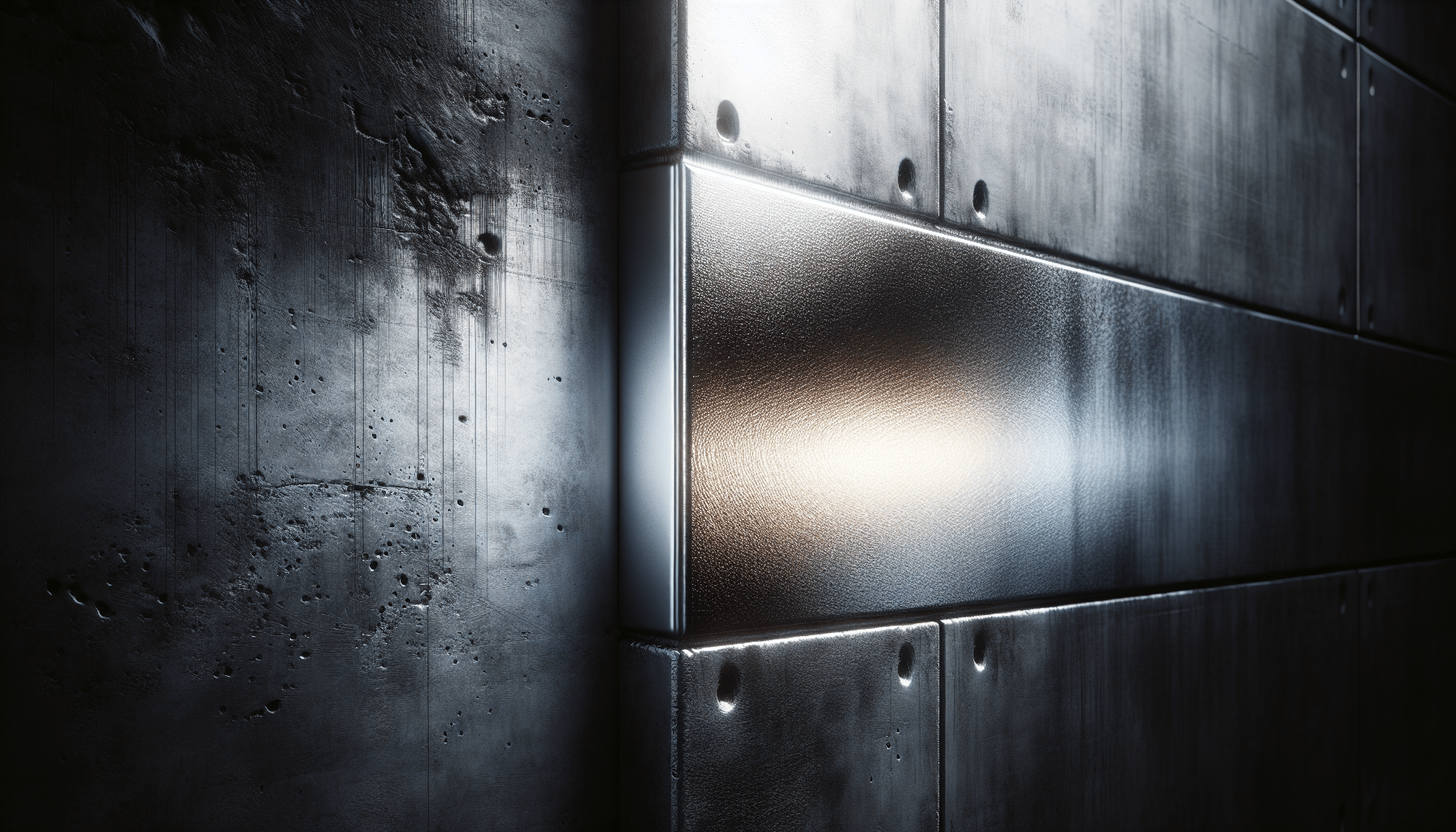Can you use metallic paint on glass? This question is common among artists, DIY enthusiasts, and homeowners looking to add a touch of elegance to their glass surfaces. This article will examine the possibilities, methods, and best practices for successfully applying metallic paint on glass. By the end of this detailed guide, you will have a comprehensive understanding of how to achieve the best results and avoid common pitfalls.
Understanding Metallic Paint
What is Metallic Paint?
Metallic paint is a type of paint that contains small metal particles or pigments, which provide a lustrous, shiny finish. It is often used to mimic the appearance of metal surfaces or to create a reflective, glimmering effect. Metallic paints are popular in automotive finishes, interior décor, and various art projects due to their unique aesthetic qualities.
Composition of Metallic Paint
Metallic paint typically contains a base resin, metal flakes or pigments, and various additives to enhance application properties. The base resin helps the paint adhere to surfaces, while the metal particles give it its characteristic sheen. Understanding the composition of metallic paint can help you select the right type for your glass project.
Types of Metallic Paint
Different types of metallic paint are available, each suited to particular applications:
- Acrylic-Based Metallic Paint: Water-based and quick-drying, suitable for indoor use.
- Oil-Based Metallic Paint: More durable and longer-lasting, often used for outdoor applications.
- Spray Metallic Paint: Easy to apply and offers a smooth finish, ideal for larger surfaces.
Can You Use Metallic Paint on Glass?
Factors to Consider
Before applying metallic paint to glass, consider the following factors to determine if it will work for your project:
- Adhesion: Glass is a non-porous surface, making it challenging for paint to adhere. Selecting the correct primer or multi-surface metallic paint can enhance adhesion.
- Durability: You need to assess whether the paint will withstand daily use, cleaning, and exposure to elements.
- Aesthetics: Determine if the metallic paint finish aligns with your design goals.
Suitable Types of Glass
Not all types of glass are equally suited for metallic paint. Some common types that work well include:
- Clear Glass: Ideal for a transparent, reflective finish.
- Frosted Glass: Offers a diffused, softened metallic look.
- Mirrored Glass: Enhances the reflective properties of metallic paint.
Preparation Steps
Cleaning the Glass
Thoroughly clean the glass surface before painting to ensure the paint adheres well. Use a mixture of water and dish soap, followed by a rinse with clean water. Dry with a lint-free cloth to remove any dust, grease, or residue.
Sanding (Optional)
Lightly sanding the glass with fine-grit sandpaper can help improve paint adhesion. Be gentle to avoid scratching or damaging the surface. Wipe away any dust with a clean cloth.
Applying a Primer
A good primer is crucial for achieving a durable, long-lasting metallic finish on glass. Specialized glass primers can improve paint adhesion and provide a smoother surface for painting.
Masking Areas
Use painter’s tape or masking tape to protect areas you do not want to paint. This step ensures clean lines and a professional finish.

Painting Techniques
Brush Painting
Brush painting allows for detailed, precise application, making it ideal for smaller projects or intricate designs. Use high-quality brushes designed for acrylic or oil paints, depending on your chosen metallic paint type.
Spray Painting
Spray painting is suitable for larger glass surfaces, offering a smooth, even finish. Apply multiple light coats to avoid runs and drips, and maintain a consistent spraying distance.
Stenciling
Stenciling can add unique patterns and designs to your glass project. Secure the stencil in place with painter’s tape and use a brush or sponge to apply the metallic paint. Remove the stencil carefully to avoid smudging.
Airbrushing
Airbrushing provides a fine, detailed application and is ideal for complex designs or gradient effects. Use an airbrush compatible with your metallic paint and practice on a scrap piece of glass beforehand.
Drying and Curing
Air Drying
Allow the painted glass to air dry in a dust-free environment. The drying time will depend on the type and brand of metallic paint used, typically ranging from a few hours to overnight.
| Paint Type | Drying Time |
|---|---|
| Acrylic-Based | 1-2 hours |
| Oil-Based | 6-8 hours |
| Spray Paint | 2-4 hours |
Curing
Some metallic paints may require a curing process to ensure durability. Follow the manufacturer’s instructions for curing times and methods, which may involve additional drying time or exposure to heat.
Sealing and Protecting
Types of Sealers
To protect your painted glass project, apply a clear sealer. Choose from the following options:
- Acrylic Sealer: Water-based, dries quickly, and offers good protection.
- Polyurethane Sealer: More durable, suitable for high-traffic areas or outdoor use.
- Clear Spray Sealer: Easy to apply, ideal for larger surfaces.
Application Methods
Apply the sealer according to the manufacturer’s instructions. Use a brush for small areas or spray for larger surfaces. Allow proper drying time between coats for maximum protection.
Maintaining Painted Glass
Regular cleaning and maintenance can extend the life of your painted glass. Use a soft cloth and mild detergent to clean, avoiding harsh chemicals or abrasive materials that may damage the paint.

Troubleshooting Common Issues
Paint Peeling or Chipping
If the paint starts to peel or chip, it may indicate poor adhesion. Ensure the surface is thoroughly cleaned and primed before applying paint. Consider sanding lightly to improve adhesion.
Uneven Finish
An uneven finish can result from inadequate surface preparation or improper painting techniques. Ensure the glass is clean and smooth before painting, and apply multiple thin coats for consistent coverage.
Streaks and Brush Marks
Streaks and brush marks can be minimized by using high-quality brushes and applying paint in smooth, even strokes. For spray painting, maintain a consistent spraying distance and use light, even passes.
Pros and Cons of Using Metallic Paint on Glass
Pros
- Unique Aesthetic: Metallic paint adds a distinct, reflective finish that can enhance the overall appearance of glass.
- Versatility: Suitable for various glass types and applications, from home décor to art projects.
- Wide Range of Colors: Available in numerous shades and finishes to match your design preferences.
Cons
- Adhesion Challenges: Achieving good adhesion on non-porous glass surfaces can be difficult without proper preparation.
- Durability Concerns: Metallic paint on glass may be prone to chipping or peeling if not properly sealed and maintained.
- Drying and Curing Time: Longer drying and curing times can delay project completion.
Safety Considerations
Ventilation
When using metallic paint, especially spray paint, ensure adequate ventilation to avoid inhaling fumes. Work in a well-ventilated area or use a respirator mask if necessary.
Protective Gear
Wear protective gear such as gloves, safety glasses, and a mask to protect yourself from paint particles and fumes. Additionally, cover your workspace to prevent accidental spills or overspray.
Disposal
Dispose of paint materials and any contaminated items following local regulations. Many municipalities have specific guidelines for hazardous waste disposal.
Alternative Methods
Glass Etching
Glass etching uses a chemical solution to create a frosted, etched design on glass. It provides a more permanent solution compared to paint and can be used in conjunction with metallic paint for unique effects.
Decoupage
Decoupage involves adhering paper or fabric to glass using a special medium. This method can create intricate designs and textures, which can be further enhanced with metallic accents.
Glass Staining
Glass staining uses special paints or dyes to color glass, offering a translucent finish. Metallic paint can be combined with stained glass for striking visual effects.
Case Studies or Real-Life Applications
Commercial Projects
Many commercial projects use metallic paint on glass to create eye-catching storefronts or interior features. Reflective metallic surfaces can attract attention and add an upscale touch to various business environments.
Home Décor
In home décor, metallic paint on glass can be used to create striking vases, mirrors, or window treatments. Using metallic paint enables homeowners to personalize their space with custom finishes and unique accents.
Art and Craft Projects
Artists and crafters often experiment with metallic paint on glass to produce innovative, standout pieces. Whether it’s enhancing a piece of glassware or creating a new art installation, metallic paint opens up numerous creative possibilities.
Expert Tips
Test Before Committing
Always test the metallic paint on a small, inconspicuous area of the glass before fully committing to the project. This allows you to ensure compatibility and achieve the desired finish.
Layering for Depth
Apply multiple layers of metallic paint to achieve a richer, more vibrant finish. Allow each layer to dry thoroughly before applying the next.
Custom Mixing
Experiment with mixing different shades of metallic paint to create custom colors and effects. This allows for greater customization and unique results.
Conclusion
Creating stunning glass projects with metallic paint is achievable with proper preparation, the right materials, and careful application. Thorough preparation is key; ensure the glass is clean, primed, and sanded if necessary. Choose the appropriate type of metallic paint for your specific project and consider the best application method, whether brushing, spraying, or stenciling.
Safety and maintenance considerations are important to ensure the longevity and appearance of your work. Follow safety guidelines, use protective gear, and regularly maintain your painted glass surfaces to keep them looking their best.
In summary, metallic paint can indeed be used on glass, offering a versatile and aesthetically pleasing option for various decorative, artistic, and functional applications. Armed with this extensive guide, you should feel confident embarking on your next metallic paint project on glass, achieving beautiful and durable results.



